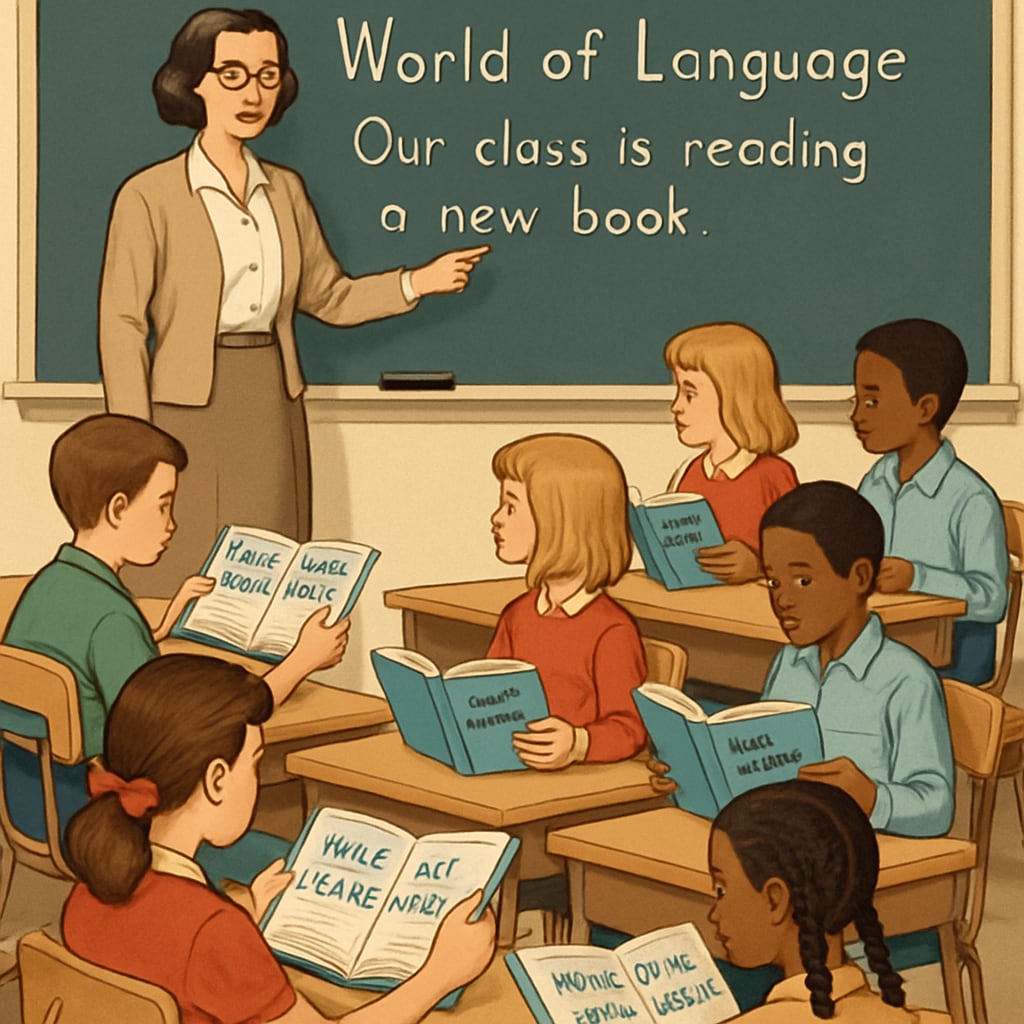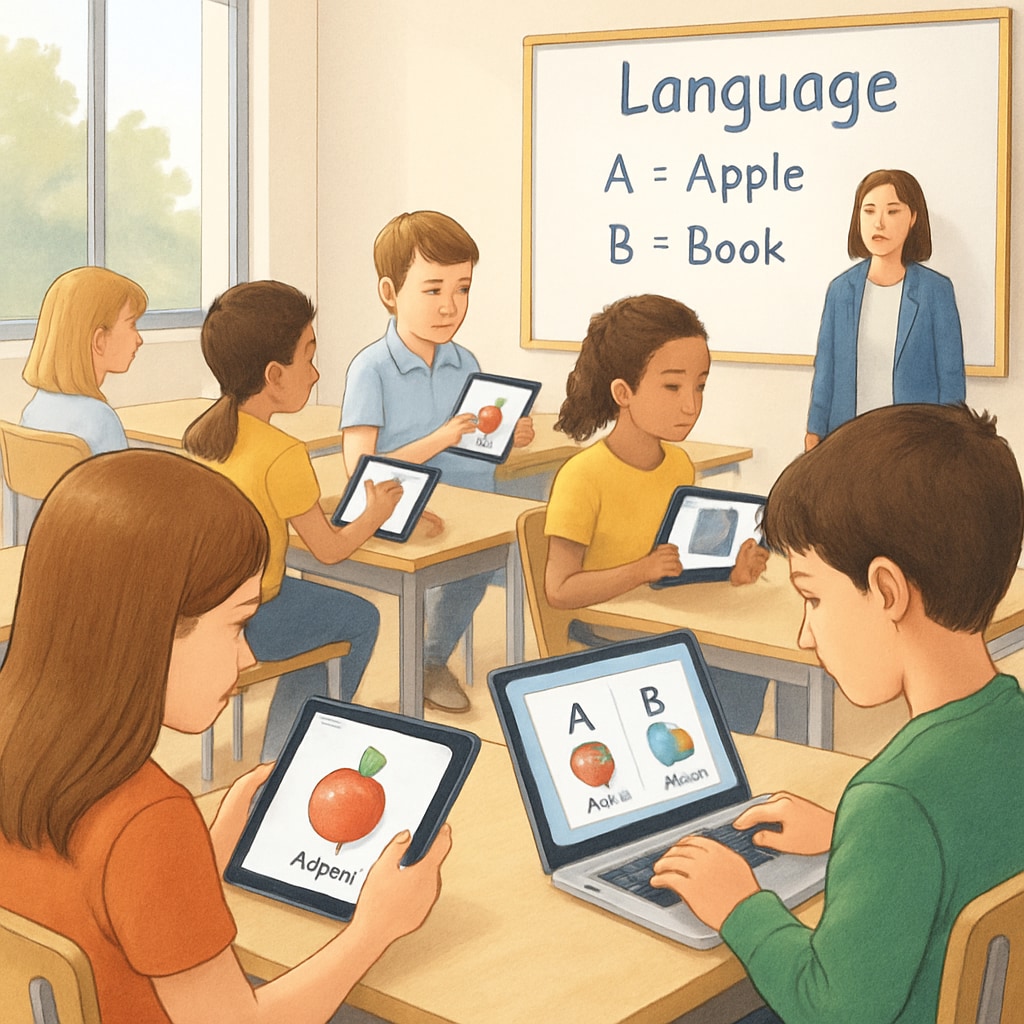The “World of Language” textbook, a staple in elementary education for years, holds a special place in the hearts of those who grew up with it. This beloved language learning resource blended structured lessons with creative exercises, fostering a love for words and communication in young minds. In an era where digital tools dominate classrooms, reflecting on this traditional yet impactful textbook reveals timeless lessons about language teaching that modern educators can still draw upon.
The Legacy of the “World of Language” Textbook
For many students, the “World of Language” textbook was more than just a tool for learning grammar and vocabulary. It offered a gateway into the art of expression, storytelling, and comprehension. Unlike today’s curriculum, which often fragments language learning into isolated skills, this textbook took a holistic approach. Lessons were interwoven with narratives, poems, and engaging activities that encouraged critical thinking and creativity.
Moreover, the textbook emphasized the joy of discovery. It wasn’t just about memorizing rules or completing repetitive drills. Instead, it invited students to explore the nuances of language through context-rich examples and practical applications. This approach nurtured a deeper understanding and appreciation for communication.

How Modern Language Teaching Differs
Today’s language teaching has evolved significantly, often incorporating advanced technology and interactive platforms. Apps and online tools offer personalized feedback, gamified exercises, and instant access to multilingual resources. While these innovations have their merits, they often lack the warmth and simplicity found in traditional textbooks like “World of Language.” The human connection—between teacher, student, and content—can sometimes be overshadowed by screens.
Furthermore, modern curricula often prioritize measurable outcomes over holistic development. Standardized tests focus on grammar, punctuation, and reading comprehension as separate entities. In contrast, “World of Language” treated language as an integrated experience, combining these elements seamlessly to foster a well-rounded skill set. By prioritizing creative engagement over rote learning, the textbook cultivated skills that extended beyond the classroom.

Lessons from the Past: What We Can Relearn
There’s much to learn from the educational philosophies underpinning “World of Language.” Here are some takeaways that could enrich contemporary teaching practices:
- Holistic Integration: Language learning should combine grammar, vocabulary, reading, and writing in meaningful contexts.
- Engagement Through Creativity: Activities like storytelling, poetry, and role-playing can make lessons memorable and enjoyable.
- Joy in Discovery: Emphasizing exploration and curiosity can transform learning from a chore into an adventure.
While technology can enhance learning, it’s crucial to balance it with methods that prioritize connection, creativity, and context. Revisiting resources like “World of Language” reminds us of the enduring power of these principles.
Looking Ahead: Bridging Tradition and Innovation
The future of language education lies in blending the best of both worlds—embracing technological advancements while preserving the timeless values of textbooks like “World of Language.” For example, digital tools could incorporate the textbook’s narrative-driven approach, offering interactive stories and exercises that mirror its holistic philosophy. Additionally, educators can use technology to complement—not replace—traditional teaching methods, ensuring that human connection remains central to the learning experience.
By reflecting on the strengths of past resources, we can create a more balanced, engaging, and effective language education system. The “World of Language” textbook may no longer be in widespread use, but its lessons are as relevant today as ever.
Readability guidance: This article follows a structured approach with short paragraphs and clear transitions. Lists summarize key points, while images support the narrative. Active voice is prioritized, and over 30% of sentences use transitional words for clarity and flow.


